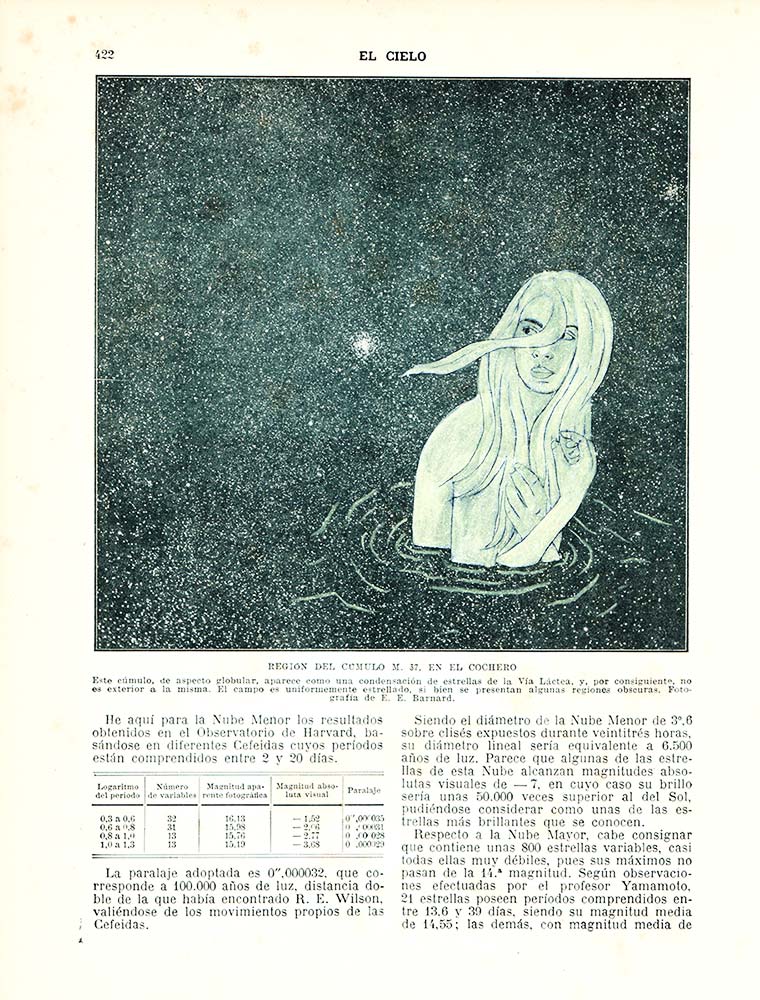- No products in the cart.
Zosen and Mina Hamada present “Una Mina de Color”, a large scale participatory project in the neighborhood of La Mina, Barcelona
“For some time we have been around the idea of painting a large mural in the neighborhood of La Mina, to give color to the streets and visibility to the community.”
Zosen grew up in Sant Adrià del Besós and there he started making his first graffiti pieces and murals. Over the years he managed to travel the world and leave his mark on different cities in North and South America, Europe and Asia. Many of these murals in collaboration with the Japanese artist Mina Hamada, which upon arriving in Barcelona in 2009, caught the attention of a neighborhood with its name and from that point that idea began to be forged.
In the summer of 2018 Zosen and Mina began to do workshops with some collectives that work with young people from the neighborhood to bring them their mural art and the proposal to create a participative mural with the ideas of all. The first workshop was held at the Casal Infantil Association of La Mina, where the children painted their ideas and dreams of how they imagined La Mina of the future. In the autumn, the workshops with the Salesians Sant Jordi entities (Grupo Unión) and the Casal dels Infants were continued. The workshops involved young people of different nationalities and cultures, who are neighbors of La Mina and Besòs and demonstrate the multicultural variety of the neighborhood. The artists Zosen and Mina collected the ideas drawn and painted by all the participants of the workshops, and from there they began to create the proposal for the mural sketch.
The neighborhood was cultural diversity is present, flamenco, the sea and the planets that are part of the names of the streets and make up the galaxy of La Mina.
The children participating in the workshops when asked what they wanted or how they imagined their neighborhood of the future coincided in values such as: coexistence, respect between different cultures, give visibility within society to people living in the neighborhood, peace, nature, green spaces, friendship, love, family and culture.
Zosen and Mina painted this mural during the month of January of 2019 in the neighbors building of Estrellas Street in front of the Municipal Sports court and the Gypsy Cultural Center; creating the first large format mural in La Mina and now can be seen from several points such as the Ronda del Litoral, the suburban train or walking from the street.
This project has been possible thanks to the collaboration between the City Council of Sant Adrià del Besós, the association El Generador, the collectives that work with the youth of the neighborhood and the artists Zosen and Mina Hamada.
In appreciation for:
Associació Casal Infantil de La Mina
Salesians Sant Jordi (Grupo Unión)
Casal dels Infants
Centro Cultural Gitano
Profesora Chuchu
Rafael Perona
Manuel Fernández
Karulo Abellán
Sra. Carmen
Juan Carlos Ramos
Direction: Germán Rigol
Original music: Falete Perona
Sound and interviews: Germán Rigol y Zosen
Edition and photography: Germán Rigol






























































































